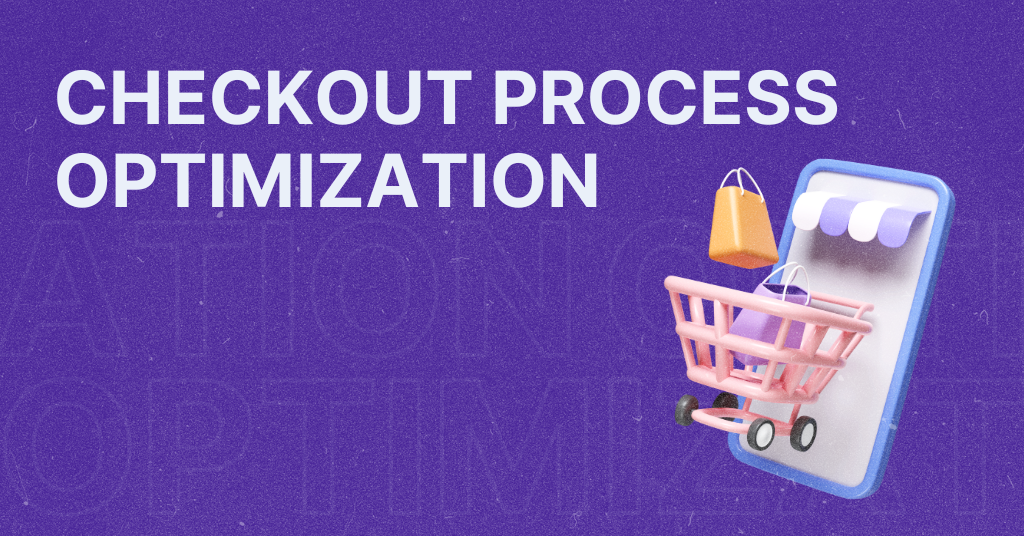
Dynamic pricing in e-commerce: beneficial or not?
Dynamic pricing in e-commerce refers to the strategy of adjusting product prices. Prices are changed based on various factors such as demand, competition, and customer behavior. While it has gained popularity, dynamic pricing also faces controversy.
Dynamic pricing offers benefits like increased revenue, improved competitiveness, and personalized pricing. On the other hand, there are concerns about potential customer backlash and price discrimination. Let’s explore together the benefits and drawbacks of dynamic pricing in e-commerce!
All you need to know about the dynamic pricing
Dynamic pricing is a strategy employed in e-commerce. Product prices are adjusted in real-time based on various factors. This approach allows adapting prices according to market conditions or customer behavior.
How does a dynamic pricing e-commerce algorithm work?
Dynamic pricing algorithms play a crucial role in this process. These algorithms are very complex. They use mathematical calculations and data analysis to determine the optimal price for a product at any given moment. Algorithms take into account factors such as:
– competitor prices,
– inventory levels,
– historical sales data,
– customer preferences,
– market trends, etc.
Which industries are implementing dynamic pricing strategies?
Dynamic pricing is commonly used in several industries. The airline industry uses dynamic pricing to adjust ticket prices based on time, day of the week, seat availability, and demand. Hotel bookings, ride-sharing services, and travel agencies also use it to ensure optimal revenue.
Is dynamic pricing used in e-commerce and retail? Yes! Brands use dynamic pricing to offer discounts and promotions to customers based on their purchasing behavior.
Also, theaters and sports stadiums use dynamic pricing to adjust event ticket prices based on popularity or seats.
Benefits of dynamic pricing in e-commerce
Incorporating dynamic pricing into e-commerce strategies can unlock a multitude of benefits.
1. Increased revenue and profit margins
One of the primary benefits of dynamic pricing is its ability to boost revenue and profit margins. Market analysis and dynamic pricing help brands maximize sales. This approach allows them to capitalize on peak demand periods or offer different pricing during off-peak times.
2. Enhanced competitiveness in the market
Dynamic pricing enables businesses to stay competitive in a rapidly evolving market. Brands can adjust prices based on competitor prices and market trends. That way, they can ensure that their pricing remains attractive and in line with customer expectations. This flexibility allows businesses to adapt to changing market conditions. Also, they can maintain a strong position among competitors.
3. Improved customer segmentation and targeting
Dynamic pricing empowers businesses to segment their customer base and tailor pricing strategies. Brands can identify specific segments and target segments’ unique needs and price sensitivity. This customization enhances customer satisfaction and encourages repeat purchases.
4. Personalized pricing and promotions for individual customers
Dynamic pricing facilitates personalized pricing and promotions on an individual customer level. With customer data and purchase history, businesses can offer discounts to incentivize customers. This level of personalization enhances the customer experience and fosters long-term loyalty.
5. Efficient inventory management and sales optimization
With dynamic pricing, businesses can optimize inventory management and sales performance. By monitoring demand fluctuations, companies can prevent stockout and overstock situations. This ensures that inventory levels align with customer demand. Brands can minimize holding costs and maximize sales potential.

Challenges of dynamic pricing in e-commerce
Dynamic pricing in e-commerce offers numerous benefits. But, it is important to address the potential drawbacks associated with this strategy. Let’s explore these concerns in detail.
1. Potential customer backlash and negative perception
Implementing dynamic pricing can sometimes lead to customer backlash. In the long run, it may give a negative perception of the business. Customers may feel that they are being unfairly targeted or manipulated. Communicating pricing strategies transparently is important to mitigate any negative customer reactions.
2. Ethical considerations and fairness concerns
Dynamic pricing raises ethical considerations, particularly about fairness. Customers may question why different individuals are charged differently for the same product. It is important to balance maximizing profits and maintaining a sense of justice and trust among customers.
3. Price discrimination and its impact on customer trust
Dynamic pricing can lead to price discrimination. Certain customers are charged higher based on location, purchasing power, or browsing history. This practice can erode customer trust and loyalty. Brands must be mindful of the potential negative consequences.
4. Difficulty in maintaining pricing transparency
Dynamic pricing algorithms can be complex. That’s why it’s challenging for businesses to maintain pricing transparency. Customers may feel uncertain about how prices are determined and whether they receive the best possible deal. Brands should strive to provide clear explanations of their pricing strategies. That will ensure transparency for building and maintaining customers’ trust.
5. Legal and regulatory implications
Dynamic pricing may have legal and regulatory implications. Brands must stay updated on relevant laws and regulations. Avoid any potential legal issues.
Is dynamic pricing a good strategy for my e-commerce?
Many companies have experienced significant benefits by effectively using dynamic pricing strategies. Airline companies have optimized revenue by adjusting ticket prices based on, for example, the time of booking. Retailers like Amazon have leveraged dynamic pricing algorithms to offer personalized discounts. This led to increased customer engagement and sales.
However, dynamic pricing has also faced public backlash in certain instances. Uber faced criticism for implementing surge pricing during peak demand. This led to exorbitant fares and customer dissatisfaction. Some online retailers have been accused of using dynamic pricing to exploit customers. Charging higher prices based on browsing history or demographic information was unacceptable.
These controversies and public backlash have taught valuable lessons to e-commerce businesses. Transparency and clear communication about pricing strategies are essential to avoid negative perceptions. Brands should consider the ethical implications and impact on customer relationships before implementation.
Best practices for dynamic pricing
If you choose to implement a dynamic pricing ecommerce strategy, there are some best practices to start with.
Balance is the key
Implementing dynamic pricing in e-commerce requires careful consideration. For success, it’s important to balance profitability and customer satisfaction. Avoid pricing practices that may lead to customer dissatisfaction or undermine trust.
Use data analytics and market insights
Use data to gain a deeper understanding of customer behavior, market trends, and competitive dynamics. This knowledge enables informed pricing decisions. Also, it enhances the accuracy of dynamic pricing algorithms.
Always be transparent
Brands should provide clear communication about their pricing strategies. Be transparent about the factors that influence price fluctuations. Customers are more likely to trust honest brands.
Be informed as much as you can
Real-time monitoring and adjustment of pricing strategies are important. By analyzing market conditions and customer responses, businesses can make timely adjustments.
Think about customer’s trust
Fair and consistent practices are key to fostering trust. Avoid discriminatory pricing practices and treat customers well to build long-term relationships.
Conclusion
Dynamic pricing in e-commerce offers a range of benefits. Some of them are:
– increased revenue,
– enhanced competitiveness,
– improved customer segmentation,
– personalized pricing,
– and efficient inventory management. However, it has its drawbacks.
Despite the challenges, dynamic pricing has proven to be a powerful tool. Many brands successfully implemented dynamic pricing strategies. It is important to learn from past instances of public backlash and negative perceptions to avoid damage.
Looking to the future, the impact of dynamic pricing in e-commerce is expected to continue evolving. Advancements in technology, analytics, and insights may lead to improved pricing strategies. Brands should stay informed about emerging trends and developments in the field. Carefully evaluate the suitability of dynamic pricing for your specific needs.
Whatever strategy you choose, don’t forget to have in mind what is the most important thing for your brand. Being customer-oriented is what’ll make your brand strive.
Let’s book a 30-min mobile strategy session and give your shop a boost.
Let’s book a 30-min mobile strategy session and give your shop a boost.


